5 Southern imperiled species SELC fights to protect
From red wolves to Atlantic sturgeon, SELC’s Wildlife Program advocates for needed protections for imperiled Southern wildlife. We also fight to defend wildlife from human threats like pipelines, dredging, and logging projects that accelerate the global extinction crisis by destroying habitats and posing direct threats to their survival. Human caused climate change is exacerbating threats to Southern wildlife, and if we don’t act fast, further species loss could collapse vital ecosystems and make already dangerous climate impacts worse. Thankfully, laws like the Endangered Species Act help groups like SELC and our partners protect our wildlife and habitat.
As we gear up to celebrate the 50th anniversary of the Endangered Species Act later this year, we continue to push for much-needed wildlife protections by weighing in on projects that impact endangered and threatened species.
Red knots
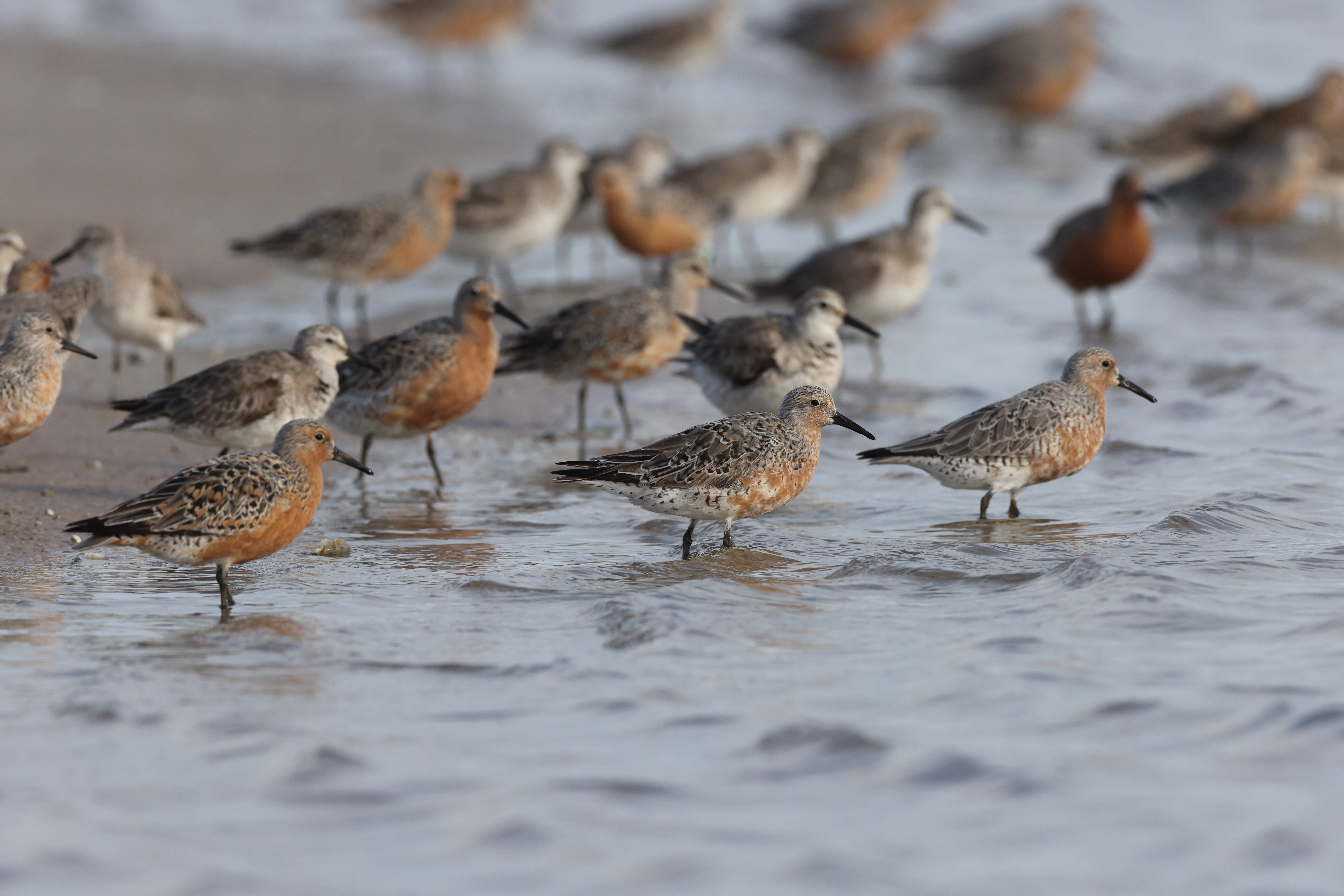
Threatened Rufa red knots come to South Carolina’s beaches each year to feast on billions of horseshoe crab eggs to survive their long migration north. When Charles River Laboratories harvests horseshoe crabs to bleed them for the biomedical industry, they disrupt a delicate balance between the two species and put the survival of this migratory shorebird in jeopardy.
To advocate for the protection of red knots’ vital, nutrient-rich food source, SELC has successfully challenged this practice in court and secured halts on horseshoe crab harvest on all critical stopover beaches in South Carolina, the Cape Romain National Wildlife Refuge, and the ACE Basin. With some halts lasting only one year, SELC continues to monitor harvesting practices in South Carolina and plans to continue the fight to keep horseshoe crabs on beaches for the survival of red knots.
Sea turtles
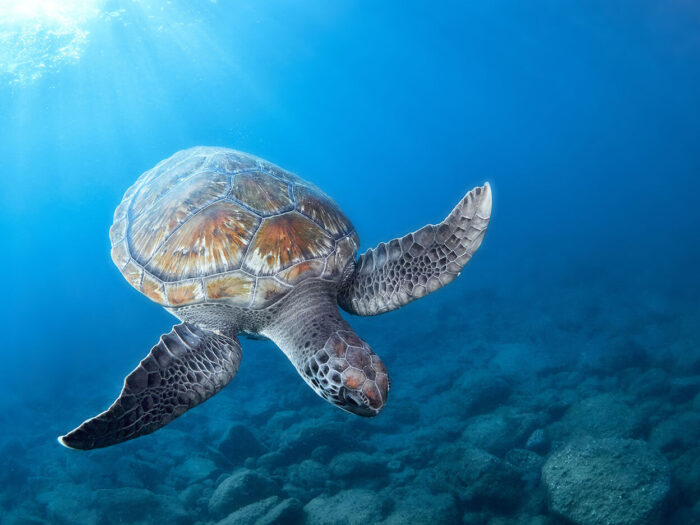
All five of the Southern coast’s sea turtle species are protected under the Endangered Species Act, and SELC has been fighting dredging projects that threaten Southern sea turtle populations. During the spring and summer, sea turtles like greens and loggerheads flock to South Atlantic waters and beaches to breed, forage, and nest. Hopper dredging operations vacuum up sand to maintain navigation channels, which can maim or kill sea turtles swimming through the channel in the process.
SELC stepped in to ensure this practice doesn’t occur during critical nesting seasons and successfully sued the U.S. Army Corps of Engineers in North Carolina and Georgia, preventing the agency from removing long-standing protections that limit hopper dredging to the winter months. As sea turtles continue to be threatened by human activities, including warming oceans and rising sea levels from increasing climate disruption, we will continue to use science to help decisionmakers determine smart project parameters that preserve these iconic coastal species.
Atlantic sturgeon
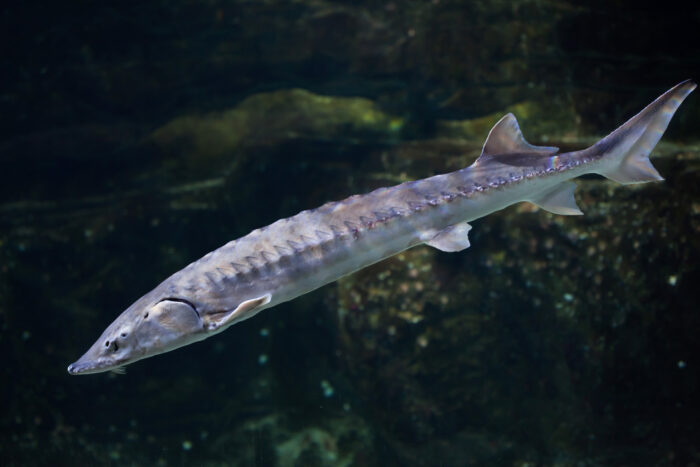
Having outlasted the dinosaurs, the Atlantic sturgeon historically inhabited many of our Southern rivers. Harbor, lock, and dam projects have blocked sturgeon from much of their historic spawning and foraging habitat, and SELC monitors such projects to ensure the plans consider Atlantic sturgeon’s needs. We also have advocated for measures to avoid and mitigate impacts to sturgeon from harbor expansion projects and maintenance dredging.
In Virginia, we are pushing for more restrictive permit conditions for a power plant whose operations harm the endangered Atlantic sturgeon. Looking forward, we will continue to seize opportunities to advance protections for these living fossils.
Northern long-eared bats
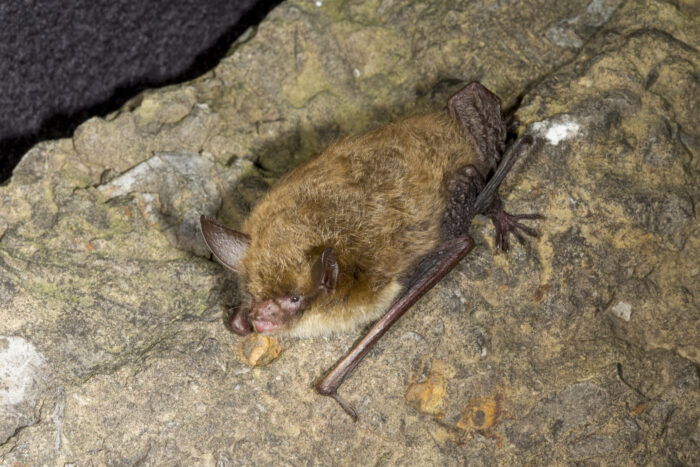
Pipelines, harmful forest management practices, and other habitat-destroying activities threaten the survival of Northern long-eared bats in the South. The species was recently reclassified from threatened up to the more serious and protective status of endangered, in response to science showing population numbers have plummeted in recent years with the spread of a deadly disease called white-nose syndrome. SELC submitted comments in support of that uplisting move, highlighting the threats to Southern populations of Northern long-eared bats as well as their potential importance to recovery of the species.
With the finalization of the endangered status, we are now monitoring and advocating for the enhanced protections Northern long-eared bats deserve in the face of forest-destroying activities. We similarly support a proposal to newly list the tri-colored bat as endangered, which we hope will be finalized soon to give the bat needed federal protections.
Red wolves
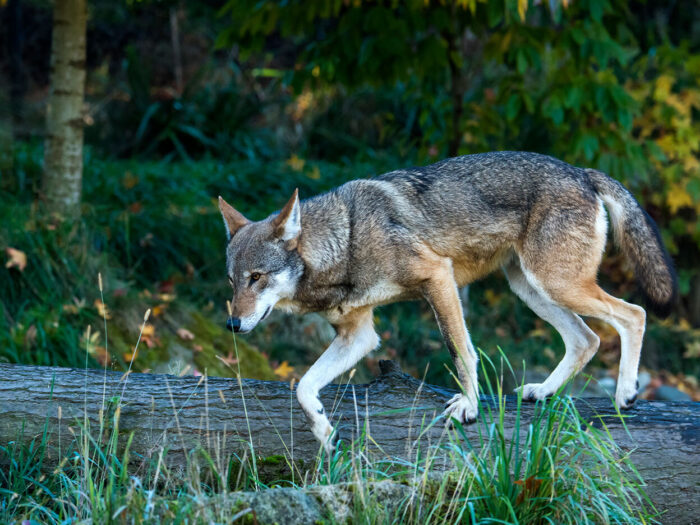
SELC has a long history of advocating on behalf of endangered red wolves. With as few as fifteen known red wolves in the world’s only wild population in North Carolina, our advocacy is as important as ever. In 2021, we won a court order requiring the Fish and Wildlife Service to prepare a plan to release captive red wolves into the wild, a proven population management measure that has now doubled the existing number of wild red wolves and allowed for wild red wolf births.
Earlier this month, a wild litter of red wolf puppies arrived for the second year in a row after several years of no reproduction in the wild. The birth of this litter is critical to the red wolf’s survival. Along with the wild litter, captive-born red wolves being held in acclimation pens for release into the wild later this summer gave birth to two litters of pups, bringing a lot of hope for the future of the red wolf.
